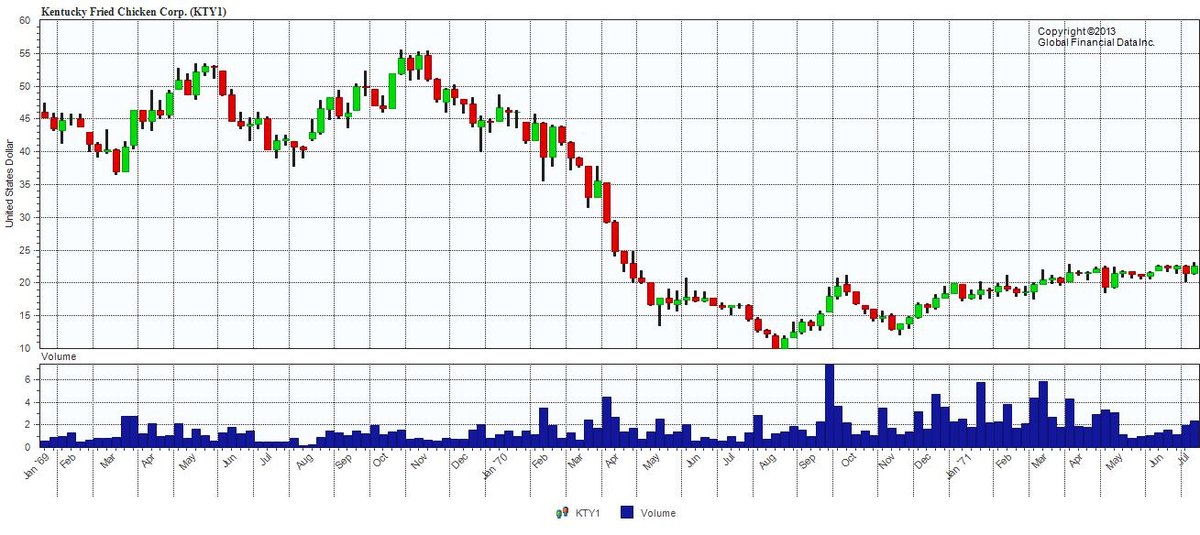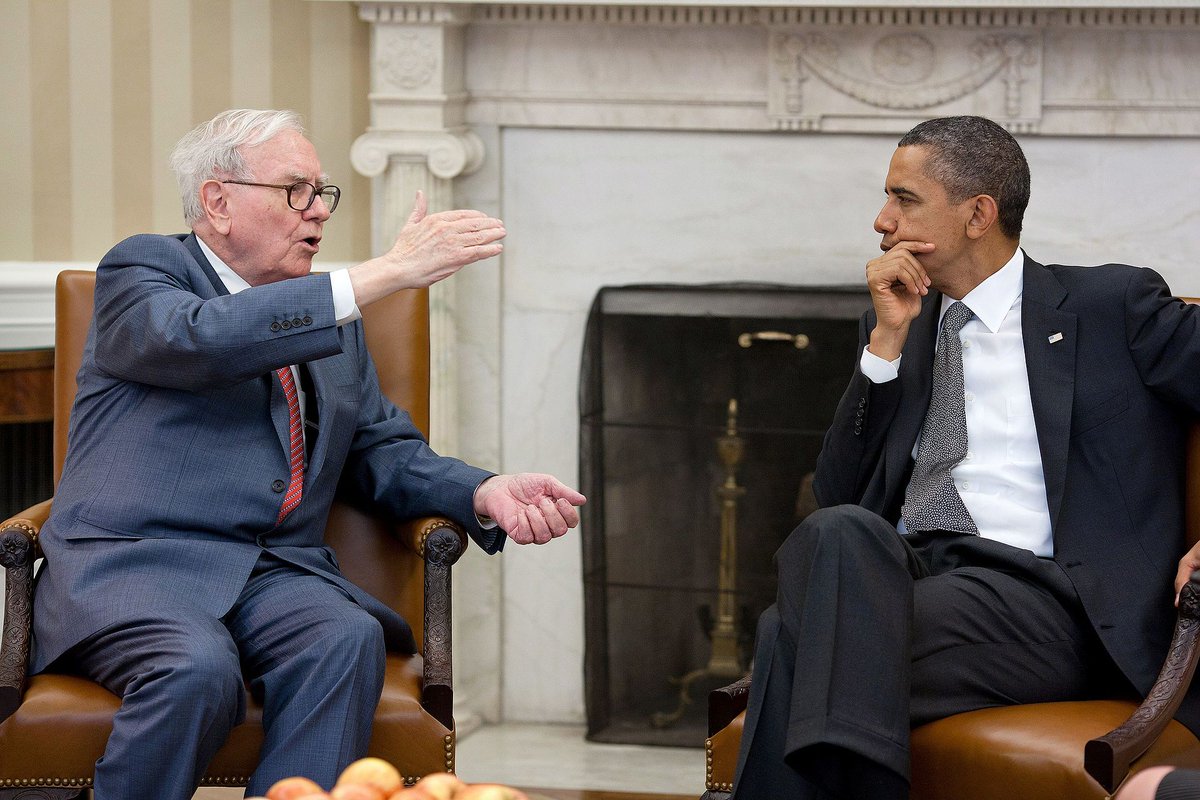
One of the most dramatic events in the financial history of Victorian England was the collapse of Overend, Gurney and Co. Its failure had a more severe impact on the London financial market than the collapse of Bear Stearns had on U.S. markets over 140 years later. /1 

During the financial crisis of 1866, over 200 firms went bankrupt, including a number of banks. The failure of Overend, Gurney and Co. also led to one of the first trials for financial fraud in history when all six directors were brought before the courts of London. /2
Overend, Gurney and Co. was formed in 1805 by the merger of Richardson, Overend and Co., and Gurney’s Bank located in Norwich and founded in 1770. Thomas Richardson developed the bank’s business for discounting bills that became the foundation of the firm’s profits. /3
Overend, Gurney and Co. soon became known as the banker’s bank since they discounted bills issued by other banks and held them until maturity, and made loans against bills issued by other banks. 1825-1865, Overend, Gurney and Co. was the greatest discounting house in the world./4
Only the Bank of England could match its resources. Discounting was a reliable business that made consistent profits, but not content with the steady income from discounting bills, the bank wanted to expand into presumably more profitable investments. /5
England was going through a railroad boom in the 1860s with opportunities for profitable expansion also occurring in shipping, mail delivery, and other transportation. 1859-1862, the Quakers turned their back on the sound banking policies that made their bank successful. /6
It is amazing how a bank that could be so conservative in one area could be naïve enough to get involved with scammers who promoted projects that made themselves money, but were otherwise doomed to failure. The bank advanced money to invest in plantations in Dominica that grew-/7
-little food, financed a railway line across the wilds of Ulster where there were few passengers, invested in the Greek & Oriental Steam Navigation Company which was unable to develop its business, failed to get the mail service for the Galway Line and foolishly invested in-/8
-the Millwall Iron Works on the Isle of Dogs which generated losses. The last 3 investments cost the bank around £5.2MIL. As Walter Bagehot, then the editor of The Economist said ”one would think a child, who had lent money in the City of London would have lent it better.” /9
As a result, the bank had liabilities of around £4MIL, and liquid assets of only £1MIL. As losses mounted, Overend needed capital. The company decided to go public and issue shares as a way of raising enough money to cover their losses and return to a profitable future. /10
The bank converted itself into a limited liability company, and offered 100,000 shares to the public at a par of £50, requiring £15 up front and reassurance that an additional call on capital would be unlikely. Of course, the prospectus never mentioned the consequences- /11
-of the bank’s bad investments, the excessive liabilities, and other problems, but focused on its strong reputation and the potential profits of the company. Overend, Gurney & Co. stock started trading on August 21, 1865, and hit a high of 22.5 on November 16, 1865. /12
As prices rose, investors who had missed out on the initial offering bought shares, keeping the price around 20; they were unaware of the rot that lay beneath the façade of the bank. By Feb 1866, shares still traded above 20, but began to drift down, falling below 15 by April./13
The investment in the Millwall Iron Works on the Isle of Dogs began unravelling, producing £500k in unexpected losses for the bank. London was reaching the heights of a small bubble, and the Bank of England raised the lending rate from 6% to 7% on May 3, to 8% on May 5 and to-/14
- 9% on May 11 and 10% on May 12. As money tightened, Overend tried to raise capital by collecting on debts owed to it by the Mid Wales Railway and others, but when the bank was unable to get this money, it became evident that the bank would soon become insolvent. /15
Overend’s only alternative was to go to the Bank of England which could have bailed the out. However, the Bank of England declined, not because allowing Overend to fail would reduce the amount of competition the Bank of England had but because no amount of money could save it./16
On May 10, 1865, the bank announced that it was suspending payment on deposits. The price of stock had closed at 10 on May 10, fell to 3.5 on May 11 and to 0.5 on May 12. Few had suspected that the greatest name in wholesale banking could have collapsed so suddenly. /17
A financial panic ensued and banks failed. The bank had issued shares at a par of £50, requiring £15 of paid in capital before going public. Since the bank had outstanding liabilities, shareholders were liable for these, though only to the extent of the par value of shares./18 

This meant that not only had shareholders lost all they had invested in Overend, Gurney & Co., but now they would be required to pay an additional £35 to a bankrupt company to help cover outstanding liabilities. Although some shareholders made legal challenges to- /19
-this demand, the courts said a contract was a contract and shareholders had to pay the additional £35 (equivalent to about $7500 in today’s money) even though they would never get anything back. Can you imagine how shareholders in Bear Stearns would have reacted if- /20
-after losing everything, they had been required to send in an additional $7500 for each share they owned even though the company was already bankrupt? Many felt the directors of Overend had committed fraud by failing to mention the true state of the bank. /21
Of course, in 1866 there was no SEC to review prospectuses before they were issued, and there were few legal precedents for financial fraud, but the demand for justice became so overwhelming that on Jan 26, 1869, the directors of Overend & Gurney Co. were tried for fraud. /22
In Dec, 1869, all six of the Overend, Gurney & Co. directors were acquitted. Although the directors had obviously made some very bad decisions, and were less than transparent, they were found not guilty of having conspired to defraud investors and were allowed to go free. /23
Karl Marx used the Overend collapse as a symbol of all that was wrong with capitalism. Just as no one from Wall Street went to jail during the 2008 financial meltdown, no one from Overend, Gurney and Co. was convicted of any crimes. /24
In fact, the Norwich Gurney bank continued to operate even after shareholders had been fleeced of their money since the bank had been legally separated from Overend, Gurney and Co. when it became a limited liability company. /25
• • •
Missing some Tweet in this thread? You can try to
force a refresh








